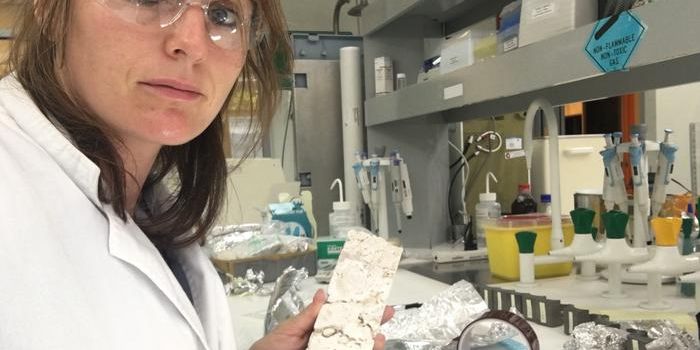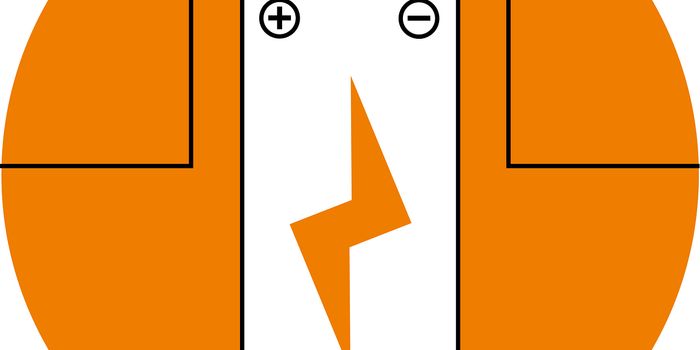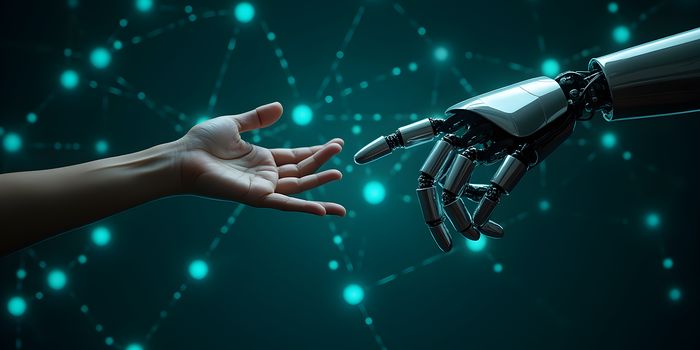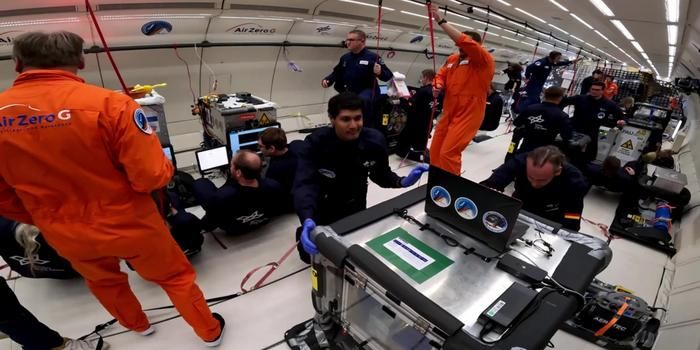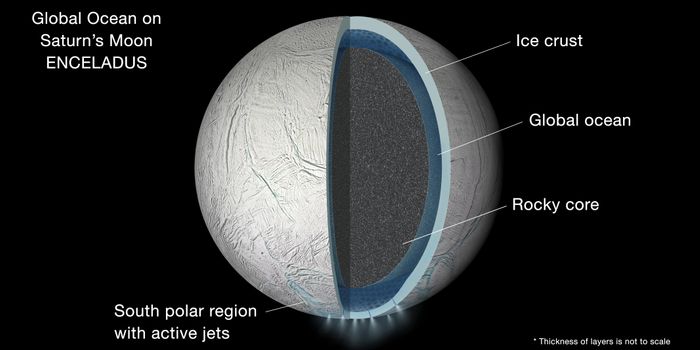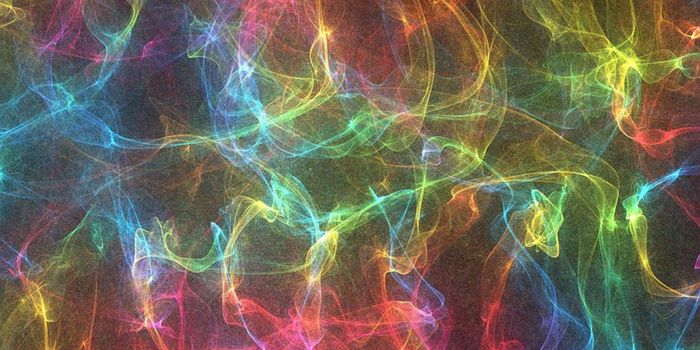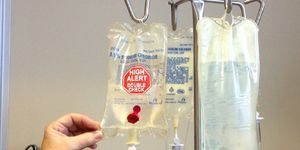Replicating 3D Objects Using Your Smartphone May Soon Be Possible
The production of realistic, real-world objects for the virtual environment is a complex and time-consuming process. Nevertheless, a team of investigators created a new approach to replicating physical objects via a point-and-shoot camera with a flash. The approach is demonstrated using a digital camera, the Nikon D7000 and the built-in camera of an Android mobile phone, detailed in the paper, "Practical SVBRDF Acquisition of 3D Objects with Unstructured Flash Photography."
"To faithfully reproduce a real-world object in the VR/AR environment, we need to replicate the 3D geometry and appearance of the object," says Min H. Kim, associate professor of computer science at KAIST in South Korea and lead author of the research. "Traditionally, this has been either done manually by 3D artists, which is a labor-intensive task, or by using specialized, expensive hardware. Our method is straightforward, cheaper and efficient, and reproduces realistic 3D objects by just taking photos from a single camera with a built-in flash."
Current approaches for the acquisition of physical objects require special hardware setups needed for geometry and appearance modeling of the intended object. These setups might consist of a 3D laser scanner or multiple cameras. However, the developed novel approach greatly contrasts current methods by only requiring a single camera for the high-quality outputs.
“Novel, practical method that enables the capture of spatially-varying BRDFs from unstructured flash photographs. Image (a) shows the acquisition setup, while (b) - (d) show results of the reconstructions.”-ScienceDaily
Credit: Courtesy, ACM SIGGRAPH Asia 2018
"Many traditional methods using a single camera can capture only the 3D geometry of objects, but not the complex reflectance of real-world objects, given by the SVBRDF," notes Kim. SVBRDF, which stands for spatially-varying bidirectional reflectance distribution functions, is key in obtaining an object's real-world shape and appearance. "Using only 3D geometry cannot reproduce the realistic appearance of the object in the AR/VR environment. Our technique can capture high-quality 3D geometry as well as its material appearance so that the objects can be realistically rendered in any virtual environment."
The novel algorithm does not require any input geometry of the select object and can successfully capture the geometry and physical appearance of 3D objects with the basic flash photography. Examples of the novel approach include producing metal, wood, plastic, ceramic, and a finely detailed mini-statute of Nefertiti.
Watch this video below to learn more:


